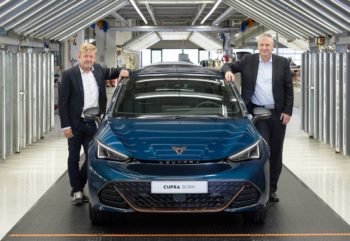Stellantis plans to introduce several new platforms for the next generation of its electric vehicles to become fully electric in Europe and the USA. Central to the company’s accelerated electrification strategy this decade will be a new platform family called ‘STLA’ (pronounced ‘Stella’).
This year, Carlos Tavares, CEO, Stellantis, shared the first details about its electrification strategy at the annual general meeting. Tavares began with a sales target of more than 400,000 ‘LEVs (Low Emission Vehicles),’ an internal branding for PHEVs and BEVs combined, in 2021. He revealed that by 2025, 98% of models in Europe and 96% of models in the U.S. market would be available with either a plug-in hybrid electric powertrain and/or a fully electric powertrain. As seen in the chart below, every model from Stellantis sold in Europe and the U.S. market will be available in a pure electric variant by the end of the decade.
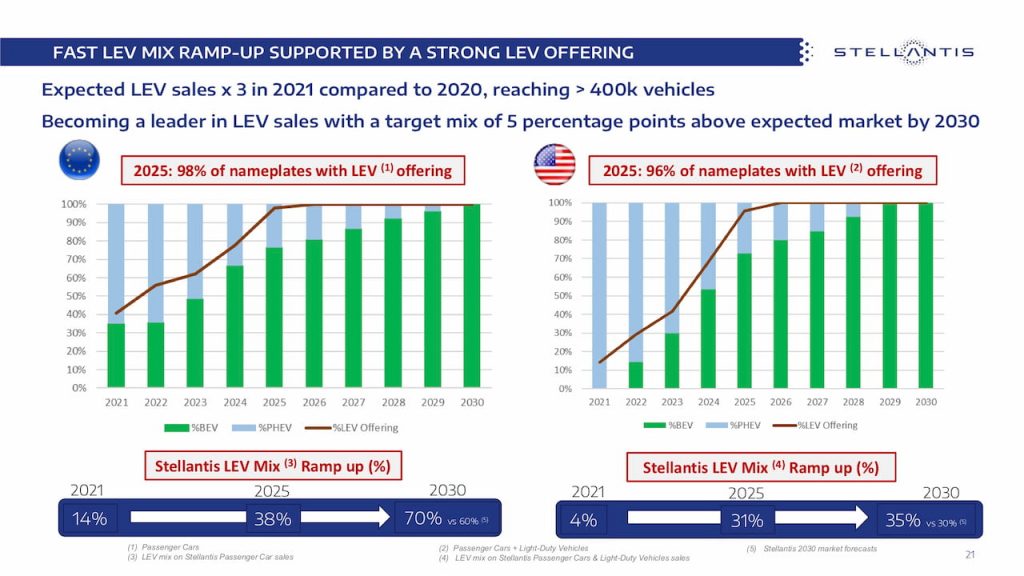
In 2022, Stellantis will upgrade the eCMP platform to the second generation, and in 2026, it will replace the eCMP with the most basic STLA platform, akin to the Volkswagen MEB Entry. In all, there would be four different STLA platforms, as Tavares has announced:
We have decided that we have a four-platform BEV-focused strategy. We have STLA Small for the A, B, and C segments, we have STLA Medium for C and D segments, and we have STLA Large for D and E segments – all of these related to passenger cars. And we will have one STLA frame dedicated platform for the electrified E and F SUVs and for the pickup trucks.
Carlos Tavares, CEO, Stellantis (Stellantis Annual General Meeting 2021)
STLA platform begins in 2023
The roadmap (above) indicates that the rollout of the STLA platforms will begin in late-2023 with a top-down approach. “We are bringing those platforms, dedicated BEV-focused platforms, from 2023,” Tavares said at the event. Further, Tavares revealed the capabilities of these platforms, strongly indicating that they will mark the end of range anxiety for customers.
The STLA Small for A, B, and C entry products will do more than 500 km of range, the STLA Medium will deliver more than 700 km of range, and the STLA Large will deliver more than 800 km of range. Those platforms are sized to deliver no less than those numbers that they’ve just mentioned, which will address what we call the range-anxiety issue of electrified vehicles. On the STLA Frame, we will have no less than 500 km of range.
Carlos Tavares, CEO, Stellantis (Stellantis Annual General Meeting 2021)
| STLA Platform Version | Car Segment | Release Date |
| STLA Small | A B & C | 2026 |
| STLA Medium | C & D | 2023 |
| STLA Large | D & E | 2023 |
| STLA Frame | E & F (SUVs, pickup trucks & commercial vehicles) | 2024 |
The arrival of the STLA platforms will mark the end of Alfa Romeo’s Giorgio platform that underpins the Alfa Romeo Giulia and Stelvio D-segment models. “We are working on the Large platform of Stellantis, and we will no longer use the Giorgio,” Jean-Philippe Imparato, CEO, Alfa Romeo, said in April 2021, as per a report from Forbes. The multi-billion-euro rear-wheel-drive platform doesn’t support electrification, which is probably the reason for the phase-out after a short life and just two models.
Stellantis plans to develop its future models using the new STLA platforms for different brands and vehicle segments. In brief, below is how Harald Wester, Chief Engineering Officer, Stellantis, divides the platform family:
They will unlock new facets of our brands, taking their efficiency and performances to the next level. Let me give you some examples. The STLA Small platform reinforces efficient city mobility solutions for the Fiat and Citroen brands. STLA Medium was designed for our premium DS and Alfa Romeo vehicles. STLA Large is dedicated to a wide variety of SUVs, a highly innovative electrified pickup truck, and the next generation of American muscle cars with breakthrough performances. And last but not least, STLA Frame creates convenience, capability, and practicality for our commercial vehicle range for pickup trucks and full-size SUVs.
Harald Wester, Chief Engineering Officer, Stellantis (Stellantis EV Day 2021)
STLA platform EVs have the following parameters
- 800 km of range
- Best-in-class efficiency per kilometre of less under 12 kWh/100 km (4.3 miles/kWh in the U.S. market)
- 0-100 km/h acceleration times as low as 2.0 seconds
- Class-leading fast-charging of 20 miles/minute (200 miles/10 minutes)
- Highest energy density reaching almost 60 kWh/metre
Our solution to the equation is based on four by design BEV platforms with the most efficient common toolbox and system: three core electric drive module families to ensure modularity in performances, and two battery cell chemistries to provide affordability to all.
Harald Wester, Chief Engineering Officer, Stellantis (Stellantis EV Day 2021)
Stellantis says that it has designed the STLA platforms around the battery pack, making it possible to provide the maximum embedded (total/gross) energy content. The company plans to offer battery packs with an embedded energy content of 37-200+ kWh, depending on the vehicle’s purpose, pricing, and other relevant aspects.
The STLA Large models will measure 4.70-5.40 metres in length and 1.90-2.03 metres in width. The first of them will likely be a new Chrysler SUV coupe, which Stellantis teased at its EV Day 2021 on 8 July 2021 (featured image of this article).
The STLA Large platform has outstanding fundamentals, with the batteries nice and low, the EDM motors at the edges, allowing for a variety of wheel sizes, suspension heights, and widths. All these components are out of the way, allowing us to do just about whatever we want on the top surface, allowing us to create a long-range luxury sedan, an all-conquering muscle car, a heart of market DV, a heart of market SUV, a very capable Jeep off-roading white-space opportunity vehicle, as well as a new mid-size truck.
Ralph Gilles, Chief Design Officer, Stellantis (Stellantis EV Day 2021)
STLA platform powertrain & battery
The STLA platform models will employ the company’s third-gen electric powertrains. Michael Bly, Head of Global Propulsion Systems, Stellantis, said at the Stellantis EV Day 2021 that the optimised, integrated 3-in-1 electric drive module allows power systems that can produce 70-330 kW, driveline flexibility of FWD, RWD, and AWD, and 4xe.
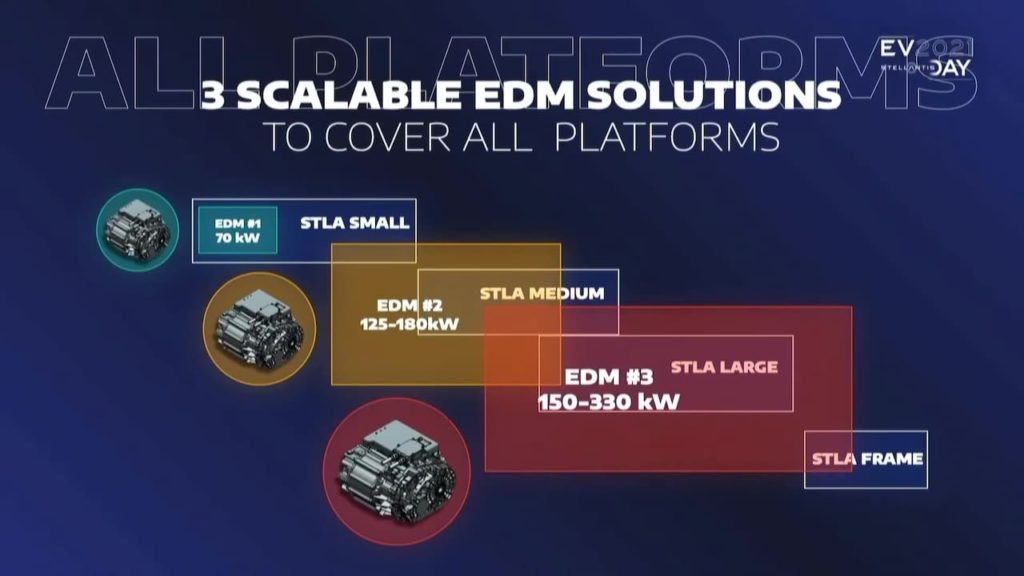
Stellantis plans to utilise three different electric drive modules in the STLA platform vehicles. A crucial part of its strategy is to develop one power inverter for all three of them with scalable technology, a common microprocessor, and in-house proprietary controls and software. This inverter will run at both 400 and 800 volts and have phase current capability from 350 to 750 amps to deliver up to 350 kW of power. The company will use a selectable power device that is either silicon-based or silicon carbide-based.
Stellantis will likely source drive units from multiple countries around the world to optimise costs. Factories in European countries that will make the STLA platform models will get the electric drive units from NPe, the company’s joint venture with NIDEC. In North America and China, the company plans a mix of in-house production and outsourcing.
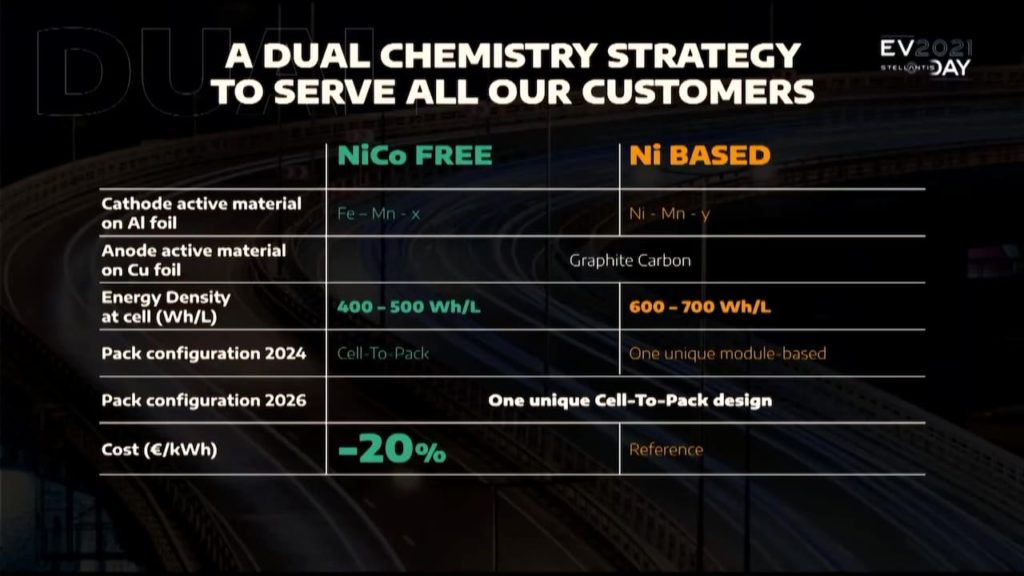
From 2024, Stellantis plans to have a dual-chemistry strategy for its EV battery cells. It will likely use Nickel Cobalt-free cells in lower-end models and Nickel-based cells in higher-end models. The pack configuration will vary initially, but in 2026, it will switch to one unique cell-to-pack design. Compared to 2020, the company sees costs go down by more than 40% at module-level in 2024 with module simplification, cell-size increase, and chemistry upgrade.
On the battery pack, the company is using its knowledge in mass-production to propose a very simple one-layer concept deployed on its STLA platforms from 2024, with more than 40% cost-saving compared to 2020. Jean Personnaz, Electrified Powertrain Engineering, Stellantis, revealed these details at the Stellantis EV Day 2021.
Stellantis EV roadmap

In the next three to five years, Stellantis plans to launch eight pure electric models. Most of these, if not all, should be the priority models with the potential to sell in very high volumes or halo products defining their respective brands. The picture above is a teaser of future EVs.
OTA updates
The STLA platform EVs will receive frequent over-the-air updates that continuously improve and upgrade the customer experience. OTA is at the core of the company’s software strategy, Yves Bonnefont, Chief Software Officer, Stellantis, explained. The company wants to leverage its 12 million active connected vehicles to understand how its customers use the features and then develop AI-based features using that data. For current models, only a few of which are EVs, it targets to deliver 15+ million OTA updates by 2023.
STLA Brain
STLA Brain is Stellantis’ new electrical/electronic and software architecture. It allows the company to build solutions for connected services, automated driving, cockpit, and powertrain. Joachim Langenwalter, SVP – Software Engineering, Stellantis, explains:
STLA Brain is our centralized architecture with a large central brain, ECU, surrounded by Zone ECUs, aggregating the sensors and actuators, and the edge ECUs, driving all functions in the vehicle.
Joachim Langenwalter, SVP – Software Engineering, Stellantis (Stellantis Software Day 2021 on December 7, 2021)
Stellantis will use STLA Brain first in an STLA Large platform model and later expand its usage to lower-segment models.
We are on track to launch the STLA Brain in 2024 on STLA Large, the vehicle platform. We will quickly roll it out into all our vehicle platforms from Small to Medium, Large, and to Frame, within the two years up.
Joachim Langenwalter, SVP – Software Engineering, Stellantis (Stellantis Software Day 2021 on December 7, 2021)
STLA Brain will get periodic updates and improve over time, becoming more capable and doing what it already could better than before. For example, a model could come with Level 2+ autonomous driving functions initially, and after an OTA software update a few months after the launch, gain Level 3+ autonomous driving functions. Similarly, the voice assistant system could evolve to become a hyper-personalized digital assistant at a later stage. Stellantis plans to push updates for STLA Brain every quarter.
We are creating customer-centric features and services that will be continuously updated and refreshed, enhancing, creating value for all our customers and all our 14 brands. We are creating STLA Brain architecture for all our vehicles starting in 2024, together with number one solutions in cockpit, powertrain, and autonomous drive.
Joachim Langenwalter, SVP – Software Engineering, Stellantis (Stellantis Software Day 2021 on December 7, 2021)
You could sense the deep commitment of our team to deliver on our software strategy: three technology platforms, an accelerated rollout on our four physical EV vehicle platforms, continuously upgrading vehicles over the year, offering new releases every quarter, ramping over the air updates capabilities to our fleets. Within three years, 100% of all new vehicles will be OTA updatable.
Carlos Tavares, CEO, Stellantis (Stellantis Software Day 2021 on December 7, 2021)
Stellantis intensifying electrification with USD 30 billion investment
Stellantis has confirmed an investment of more than EUR 30 billion through 2025 in electrification and software development. The company plans to launch EVs that offer style, practical range, performance, capability, and comfort across the 14 brands. The software for which a part of the EUR 30 billion will go towards will also be related to electrification, Tavares said at the Stellantis EV Day 2021 event. In 2026, it plans to begin the rollout of solid-state battery technology, which could entail another sizable investment. Tavares clarified the allocation of this investment at the Stellantis EV Day 2021:
It’s EUR 30 billion ahead for the next five years, dedicated to electrification, and the part of software that you have on those 30 billion is the one that is supporting electrification. Of course, there will be other software related investments which will not necessarily be linked to electrification. Those ones will be commented in full when we’ll make a software day.
Carlos Tavares, CEO, Stellantis (Stellantis EV Day 2021)
Featured Image Source: Stellantis
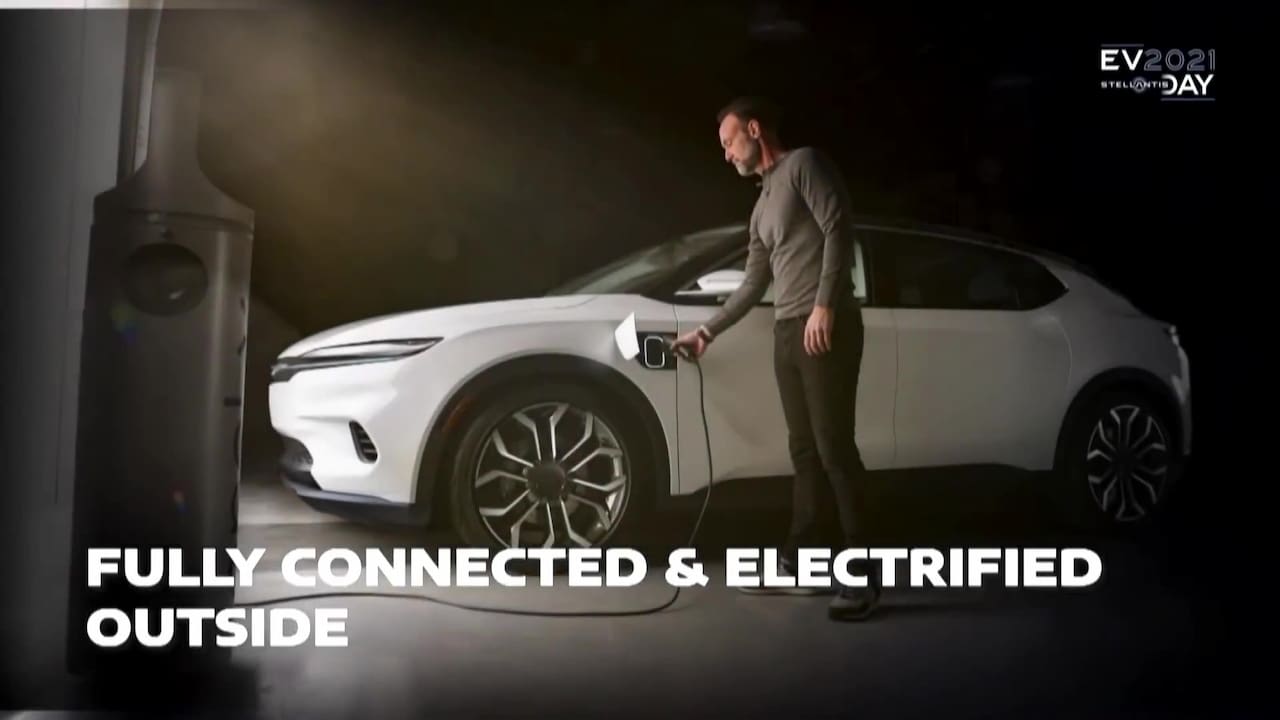
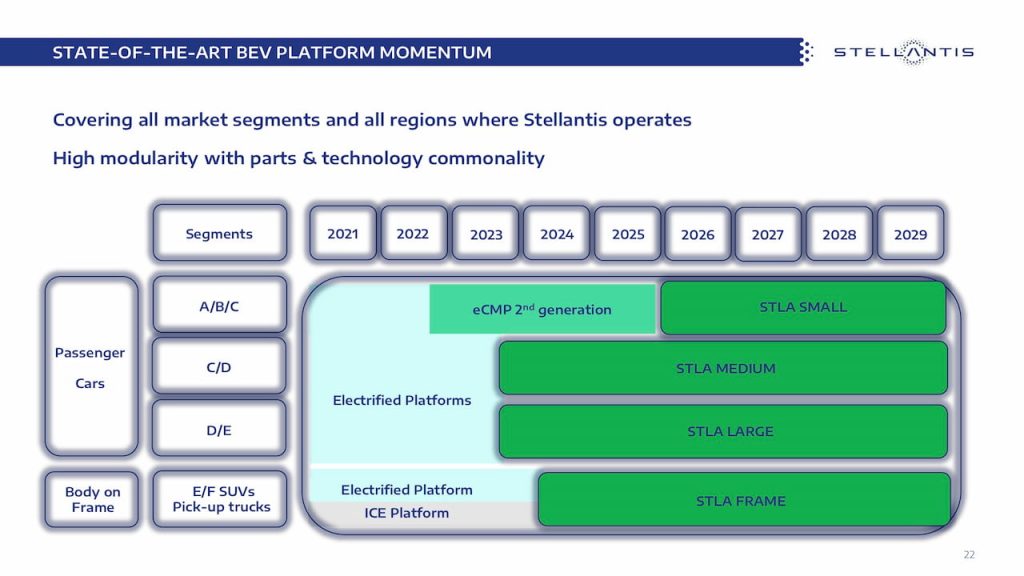

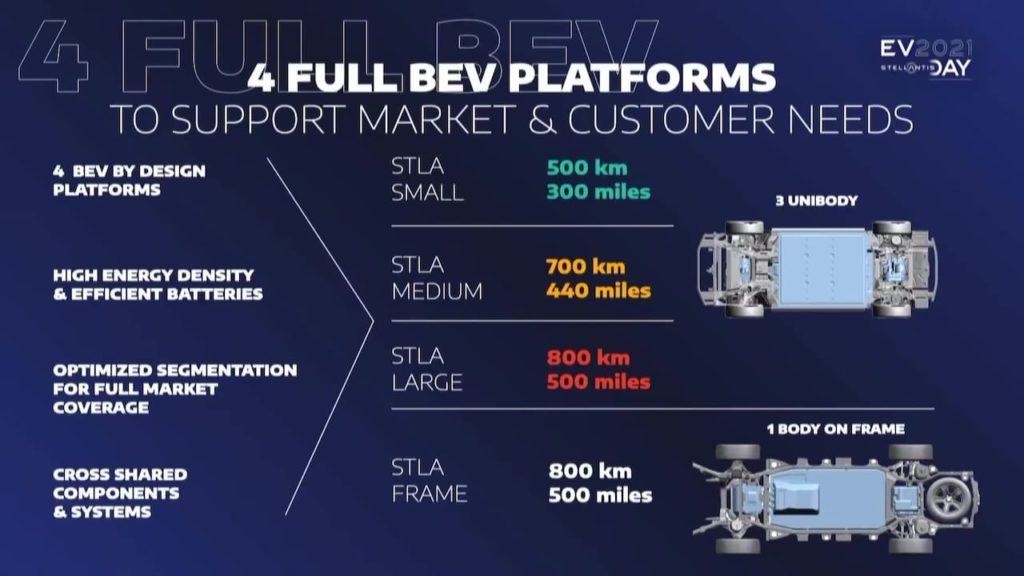
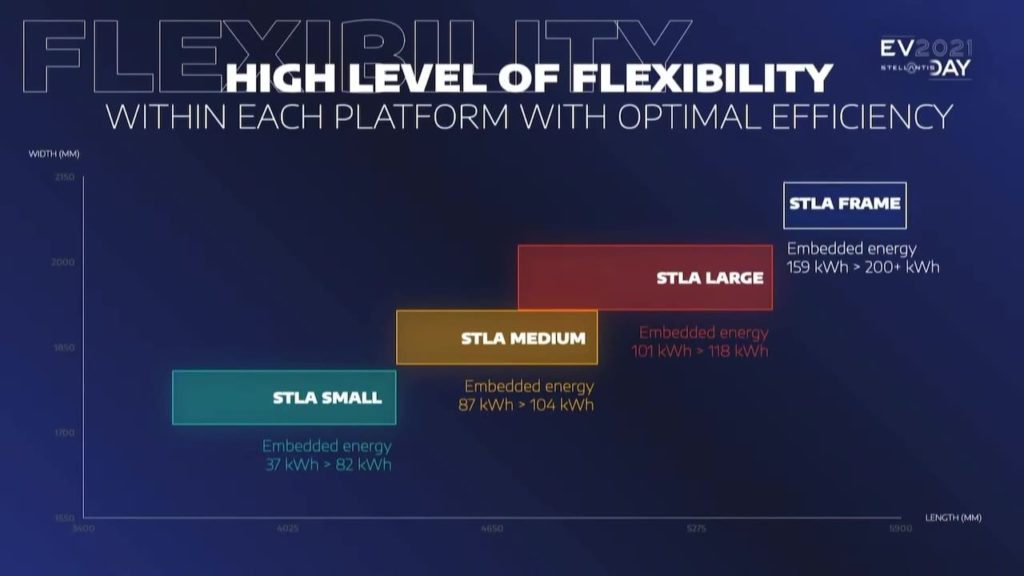
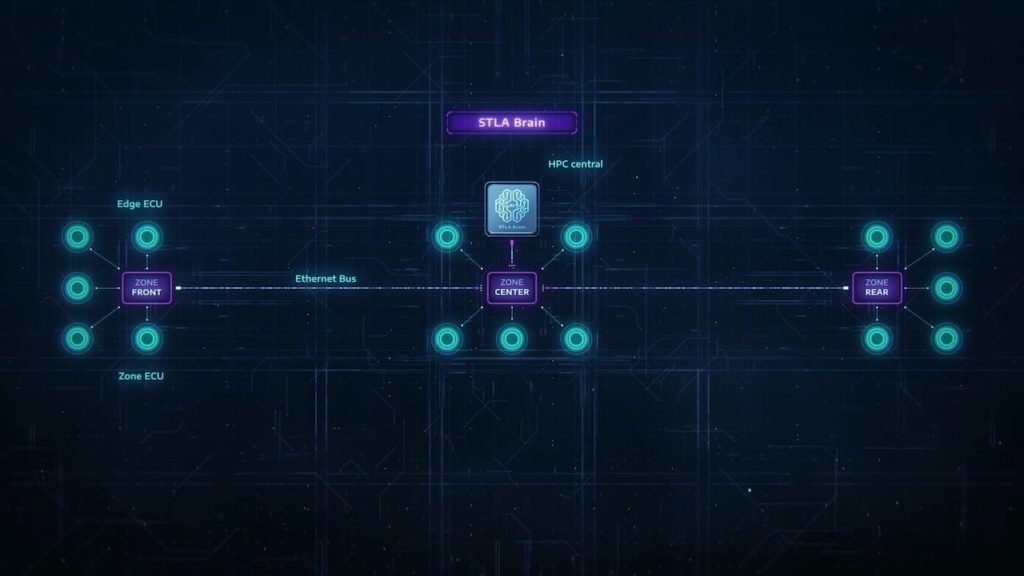
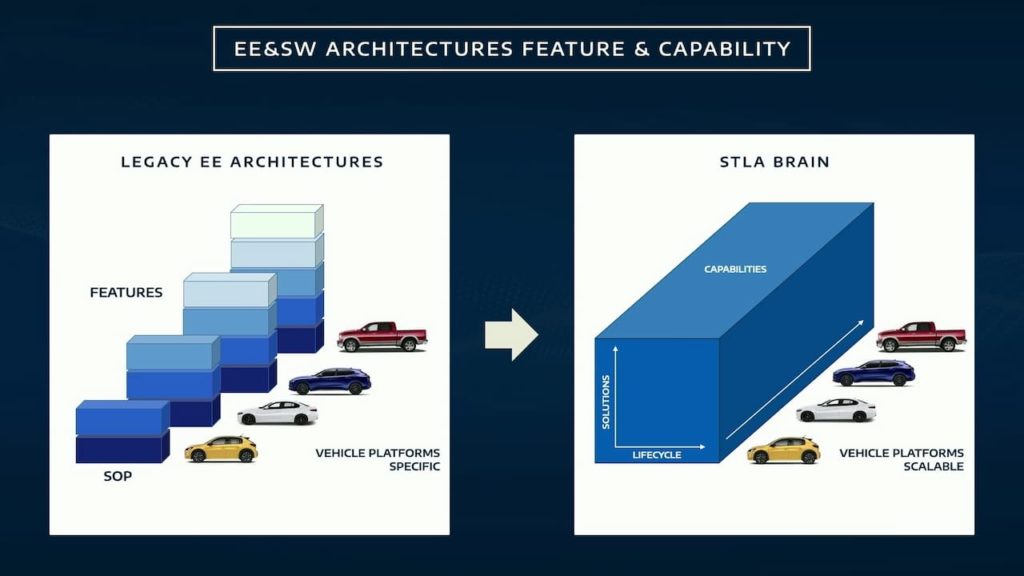
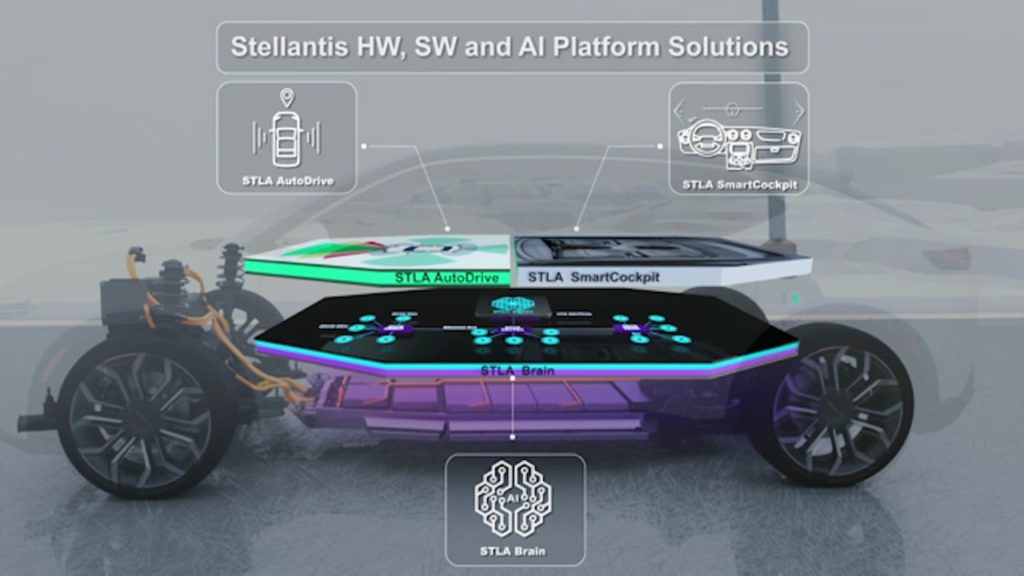

![New Tesla Roadster torquier than Plaid, hints Elon Musk [Update]](https://electricvehicleweb.com/wp-content/uploads/2020/05/2022-Tesla-Roadster-press-image-350x197.jpg)
![BMW i7 to arrive in 3 variants similar to iX SUV [Update]](https://electricvehicleweb.com/wp-content/uploads/2022/02/BMW-i7-front-350x219.jpg)
